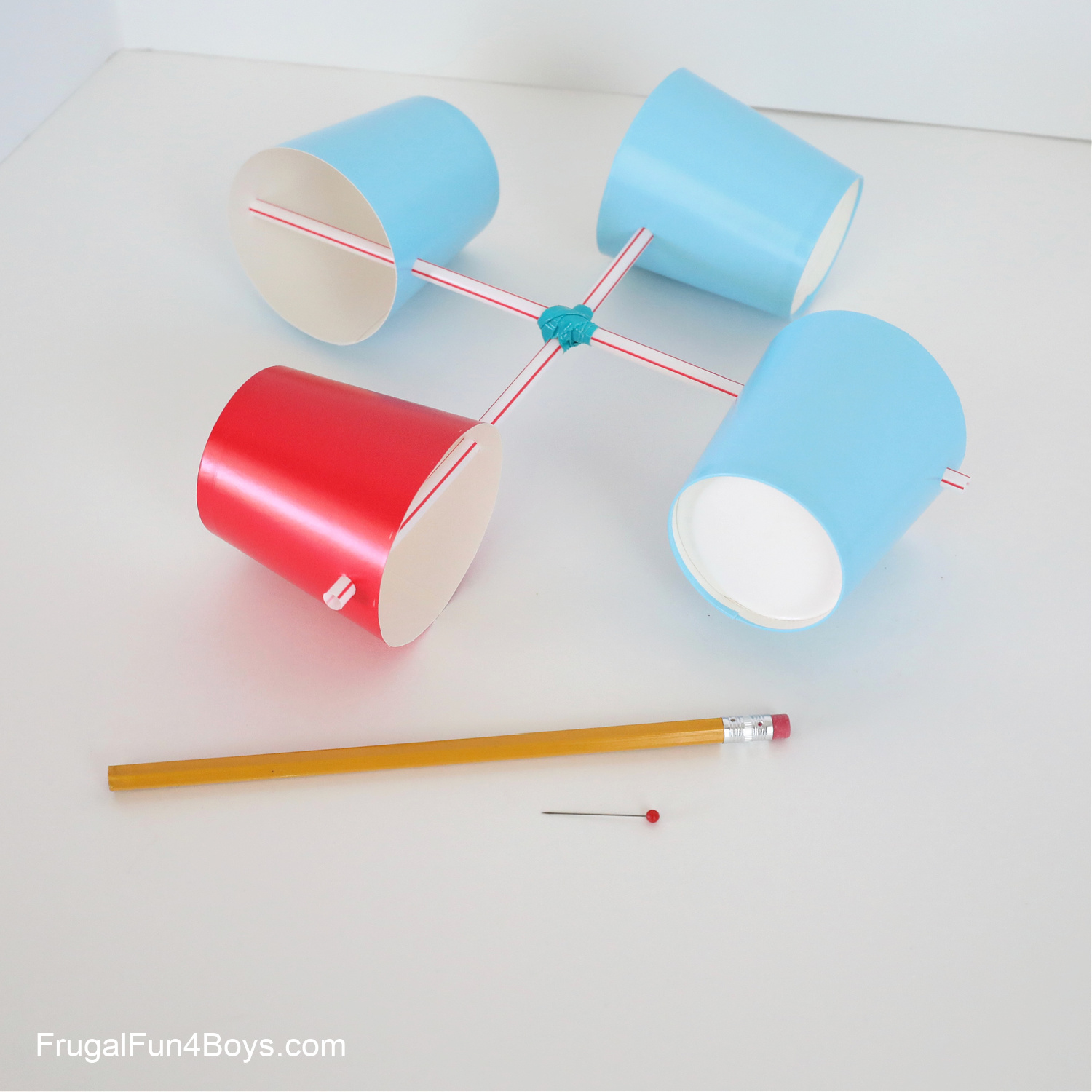How to Preserve and Look After Your Anemometer to Ensure Durability
How to Preserve and Look After Your Anemometer to Ensure Durability
Blog Article
Discovering the Features and Benefits of Anemometers for Weather Fanatics and Experts
From mug anemometers to sonic anemometers, each type brings its distinct collection of benefits and applications, dropping light on various aspects of atmospheric conditions. As we dive into the functions and advantages of anemometers, a much deeper understanding emerges not just of prevailing climate phenomena yet additionally of the more comprehensive effects for industries like wind energy manufacturing and environmental study.
Value of Anemometers in Weather Condition Monitoring
Anemometers play a crucial role in weather condition tracking by giving precise measurements of wind speed, aiding in forecasting and understanding weather condition patterns. These instruments, varying from conventional mug anemometers to contemporary ultrasonic anemometers, are necessary for meteorologists, researchers, and weather lovers alike.

Types of Anemometers and Their Applications
With the critical role anemometers play in weather tracking and projecting, understanding the various kinds of these instruments and their applications becomes important for specialists and fanatics in the area. One of the most usual kinds of anemometers consist of mug anemometers, vane anemometers, hot-wire anemometers, and ultrasonic anemometers. Mug anemometers contain 3 or four cups installed on horizontal arms that turn with the wind, measuring its speed. Vane anemometers, on the other hand, utilize an openly turning vane to straighten with the wind direction, supplying both wind speed and instructions measurements. Hot-wire anemometers operate based on the concept of convective warm transfer, where the cooling impact of the air flow is measured to identify wind speed. Ultrasonic anemometers use ultrasonic sound waves to determine wind rate and instructions accurately.
Mug anemometers are suitable and robust for general climate tracking, while vane anemometers are favored for directional measurements. Ultrasonic anemometers are non-intrusive and offer high accuracy, usually made use of in research and specialized climate monitoring applications.
Advantages of Making Use Of Anemometers in Forecasting
In weather forecasting, the application of anemometers supplies invaluable benefits for improving the accuracy of weather condition forecasting. Anemometers determine wind rate and instructions, supplying important information for predicting weather patterns. By including wind information into projecting models, meteorologists can much better understand the activity of weather systems, expect changes in weather, and problem extra exact forecasts.
Additionally, anemometers play an important role in examining potential weather risks. Monitoring wind rates assists forecasters anticipate serious weather condition events such as storms, hurricanes, and winter season tornados with greater accuracy. This early caution system allows authorities to release timely informs and execute essential safety steps, decreasing the threats to life and property.
Additionally, anemometers help in maximizing renewable resource production. By analyzing wind patterns, meteorologists can recognize ideal locations for wind farms and predict energy outcome, adding to the reliable generation of wind check power.

Anemometers in Wind Power Production
Given the vital role anemometers play in providing precise wind information for weather forecasting and hazard analysis, their importance reaches the world of wind energy manufacturing. Anemometers are crucial instruments in the field of wind power, where the dimension of wind speed and instructions is critical for figuring out the feasibility and efficiency of wind turbine setups. By accurately gauging wind rates at differing heights, anemometers assist enhance the placement and layout of wind turbines to make the most of energy result.
In wind farms, anemometers are strategically placed to collect real-time wind data that is utilized to assess the possible power manufacturing of a website. This information is instrumental in figuring out the economic stability of wind power jobs and in forecasting energy generation to ensure grid stability. Furthermore, anemometers aid in keeping an eye on wind problems to optimize turbine performance, protect against damage from high winds, and ensure the safety of employees operating in the vicinity of wind turbines.
Enhancing Weather Recognizing With Anemometers

Anemometers play a key role in enhancing our understanding of microclimates. These local weather can differ substantially from more comprehensive regional projections, making it necessary to have precise information for particular locations. anemometer. By strategically placing anemometers in numerous locations, researchers can collect detailed details on how wind acts in various surfaces, city atmospheres, or bodies of water
In addition, anemometers contribute to enhancing weather forecasting models by supplying real-time data on wind behavior. This info is especially important for forecasting extreme weather occasions, optimizing agricultural techniques, and supporting sectors like aeronautics and maritime navigating. Overall, anemometers are important instruments that enable us to delve deeper into the complexities of climate systems, inevitably causing even more better-informed choices and accurate forecasts.
Verdict
In final thought, anemometers play a vital function in climate surveillance and forecasting by determining wind speed official source and instructions. Anemometers likewise have applications in wind energy production, additional highlighting their relevance in both meteorology and eco-friendly power industries.
From cup anemometers to sonic anemometers, each type brings its one-of-a-kind set of applications and benefits, shedding light on various facets of climatic conditions. These instruments, ranging from typical mug anemometers to contemporary ultrasonic anemometers, are important for meteorologists, scientists, and weather enthusiasts alike. The most common kinds of anemometers consist of mug anemometers, vane anemometers, hot-wire anemometers, and ultrasonic anemometers. Mug anemometers are suitable and durable for basic weather condition surveillance, while vane anemometers are favored for directional measurements. Anemometers are vital instruments in the field of wind power, where the measurement of wind speed and instructions is important for figuring out the usefulness and effectiveness of wind generator installations.
Report this page